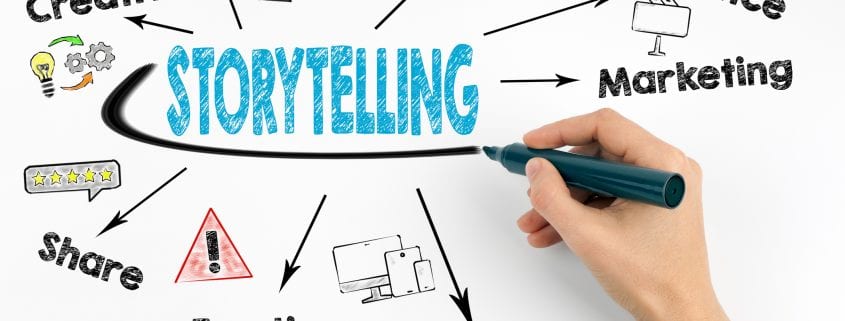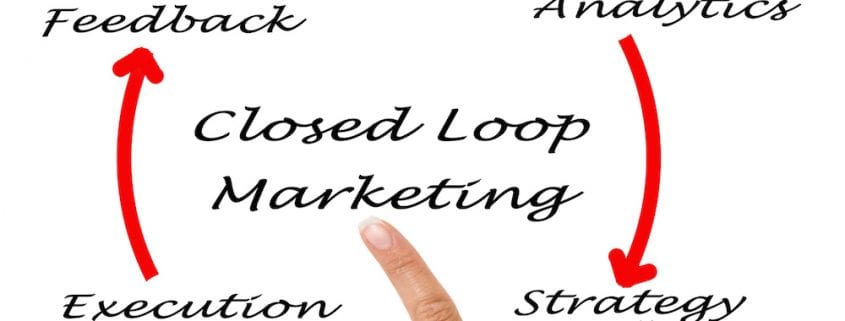
Top 7 Packaging Design Resources
Today’s package designers have such a wide variety of tools, technologies, and materials available that they can create just about anything they envision. Add in digital printing and their amazing design options become available to everyone. If you are looking for packaging design resources, here are 7 to get you started.
Packaging World
The world of packaging continues to evolve. To keep up with the latest happenings in the industry, you need to keep in touch with Packaging World. They offer daily articles on a variety of topics about what is hot, what materials are on top, and the leading inspirations designers have today.
The Die Line
Do you want to see the latest design inspirations from students all the way to big corporations? The Die Line is definitely the place to start. You get access to a packaging directory as well as a complete library of designs. There are new designs being added all the time, so you have a wealth of inspiration at your fingertips.
BXP (Brand Experience)
Packaging design comes together at BXP. It features design inspiration from the entire globe along with industry headlines and a fully stocked directory of packaging design resources. You get to meet some of the brightest talent in the design world. It is a place for inspiration and trends.
Packaging of the World
Packaging of the World is like an art gallery of package design. You get to see some of the best design work from professionals around the globe. The best part is that you can filter the gallery based on exactly what you want. You can search by country, category and even most popular.
Retail Design Blog
The Retail Design Blog from the Creative Craft Laboratory brings selected retail packaging designs to the world. You get to see exactly what designers have in mind in a visually stunning presentation. The blog is updated every few days with even more designs. That makes it a resource you can return to time and time again.
Packaging Design Archive
If you are looking for a place to do package design research, the Packaging Design Archive is the place to start. You have the opportunity to see a wide range of designs in any number of presentations. You can filter by typography, shape, design aesthetics, materials, and environmental category, among others.
Brand New
The design firm Under Construction offers up Brand New. This features a true library of packaging designs. You get to see the latest inspirations. But, what makes this site extra special is the fact that you get a thorough review of many designs, which helps you know why a particular design works (or not).
All of these packaging design resources will give you inspiration, news, updates, and design help with any packaging need you might have.

















